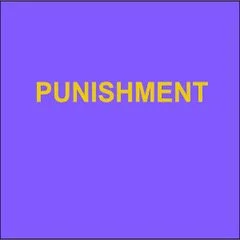By Erin Jacobs Valentine
More than 1.6 million people are incarcerated in prisons in the United States, and around 700,000 are released from prison each year. Those released from prison often face daunting obstacles as they seek to reintegrate into their communities, and rates of recidivism are high. Many experts believe that stable employment is critical to a successful transition from prison to the community.
The Joyce Foundation’s Transitional Jobs Reentry Demonstration (TJRD), also funded by the JEHT Foundation and the U.S. Department of Labor, tested employment programs for former prisoners in Chicago, Detroit, Milwaukee, and St. Paul, using a rigorous random assignment design. MDRC led the evaluation, along with the Urban Institute and the University of Michigan. The project focused on transitional jobs programs that provide temporary subsidized jobs, support services, and job placement help. Transitional jobs are seen as a promising model for former prisoners and for other disadvantaged groups.
In 2007-2008, more than 1,800 men who had recently been released from prison were assigned, at random, to a transitional jobs program or to a program providing basic job search assistance but no subsidized jobs. The research team tracked both groups using state data on employment and recidivism. Because of the random assignment design, one can be confident that significant differences that emerged between the groups are attributable to the services each group received.
This is the final report in the TJRD project. It assesses how the transitional jobs programs affected employment and recidivism during the two years after people entered the study.More than 1.6 million people are incarcerated in prisons in the United States, and around 700,000 are released from prison each year. Those released from prison often face daunting obstacles as they seek to reintegrate into their communities, and rates of recidivism are high. Many experts believe that stable employment is critical to a successful transition from prison to the community.
This is the final report in the TJRD project. It assesses how the transitional jobs programs affected employment and recidivism during the two years after people entered the study.
New York: MDRC, 2012. 78p.





















